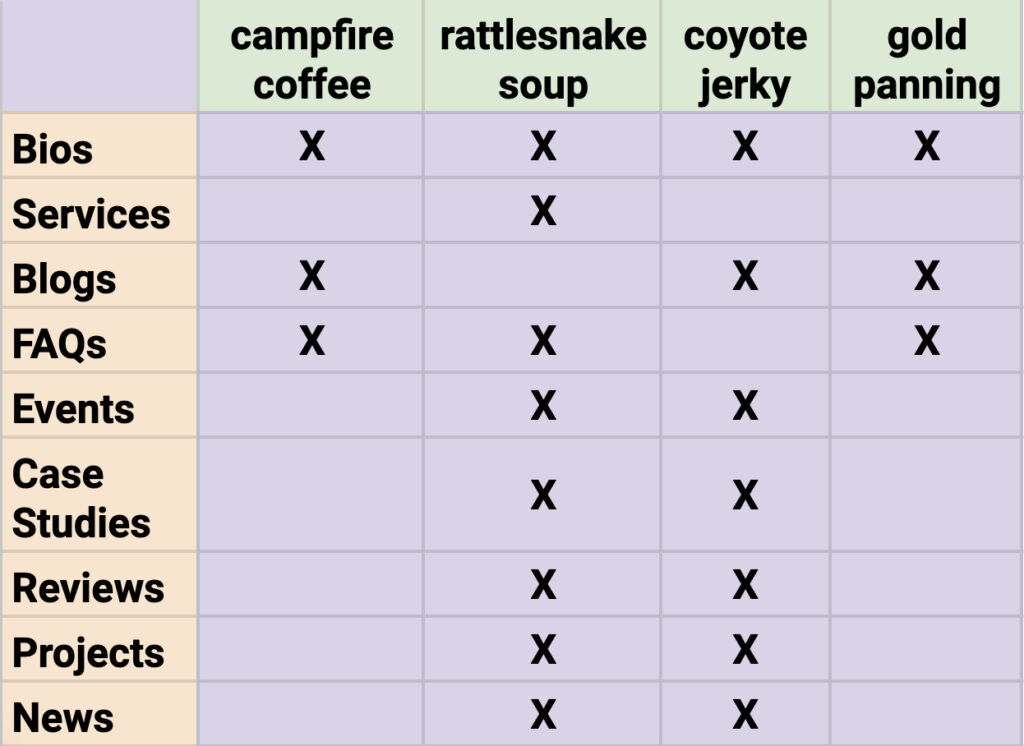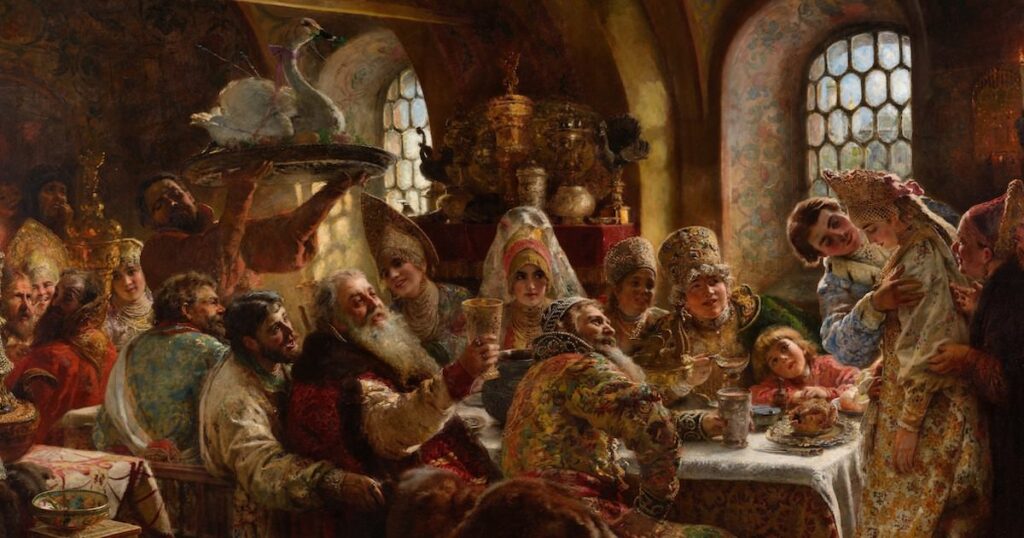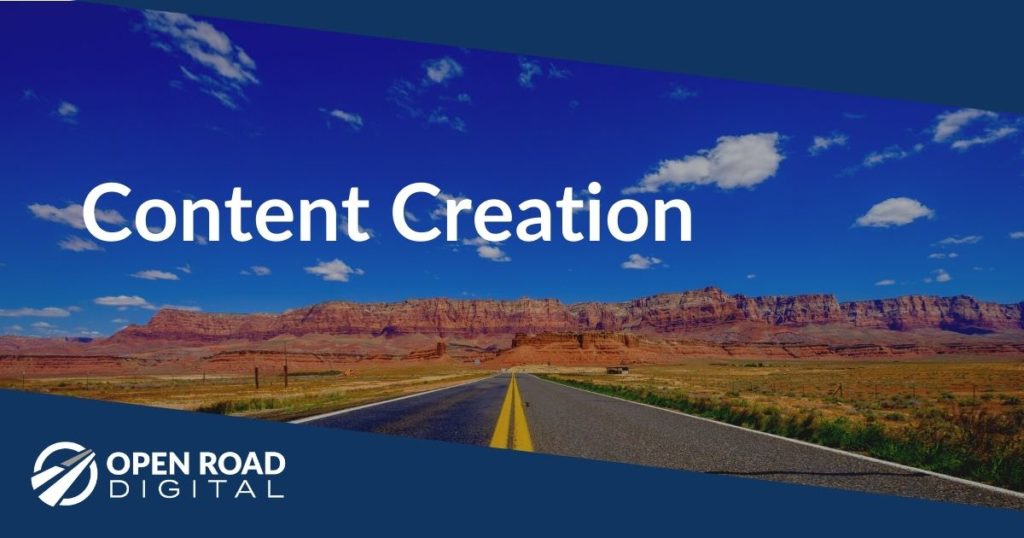Ever go to a cocktail reception or sit at an event table that’s a dud? Boring? Uninspiring? ????????????????’???? ???????????? ???????????????????????????????? ???????? ???? ???????????????????????????? ???????????????????? ????????????????.
Your website doesn’t need to be that way. You want your website visitors to feel like they got invited to ???????????? ???????? ???????????? ???????????????? ????????????????????????’???? ????????????????????.
How do you do that? ???????????????? ???????????????????????????? ????????????????????????????????. Yep – that’s right. (Taxonomy = a system of classification)
Website: A Delight or a Dud?
In the past few months I’ve been to a few weddings and events and felt fortunate to sit at interesting, lively tables. Why? It’s because people had mutual interests, but they also brought different things to the table.
Structuring and designing a website properly does the same thing.
Here’s what uninspiring websites do: They talk about themselves. The menu says: About Us, Our Work, Our Projects, Who We Are. [Yawn]
Yes, you have to talk about yourself, but what if you talk about what other people are interested in? Like a good conversation, mutual interests are when the magic happens, not when you talk about yourself.
In SEO (search engine optimization), those mutual interests are called keywords or keyphrases. It’s what people type into Google when doing a search.
Keywords Should Be Part of Your Website Taxonomy
On websites, those keywords are part of your taxonomy: the organization of meaning on your website. Called “Categories,” they should align with search-driven keywords.
Here’s what most websites have in their menu: News (about us), Events (that we do), Publications (that we author), Press Releases (about us).
If you have blog and news posts, events, publications, and so forth, don’t categorize them about yourself. Categorize them about the Mutual Interests – about the things your audience cares about. A cowboy or adventurer in the Wild West would write about:
????️ Campfire coffee
????️ Rattlesnake soup
????️ Coyote jerky
????️ Gold panning
Website Taxonomy (Categories & Tags) Help You Build Rich, Informative Content

All that content on your website? You can organize it around these taxonomies (categories) and figure out where your content belongs, like in the chart shown here (2nd image). These categories are the interesting things that you bring to the conversation about Mutual Interests.
Then, a pattern emerges in the content on your website. You can build anything on a website, such as:
✅ ???????????????? that feature blogs and publications relevant to each person’s bio
✅ ???????????????????????????????? ???????????????????? that feature related FAQs, blogs, case studies, and bios
✅ ???????????????????????????? ???????????????????? about topics that interest your target audience, with links to related Bios, FAQs, Case Studies, Blogs, and other content.
In short, your website is a database, and it is about you. But if it’s organized and presented around the topics that interest your target audience (your Cool Table people) rather than about yourself, your website will be more impressive, more rewarding, and provide a return on your investment.




